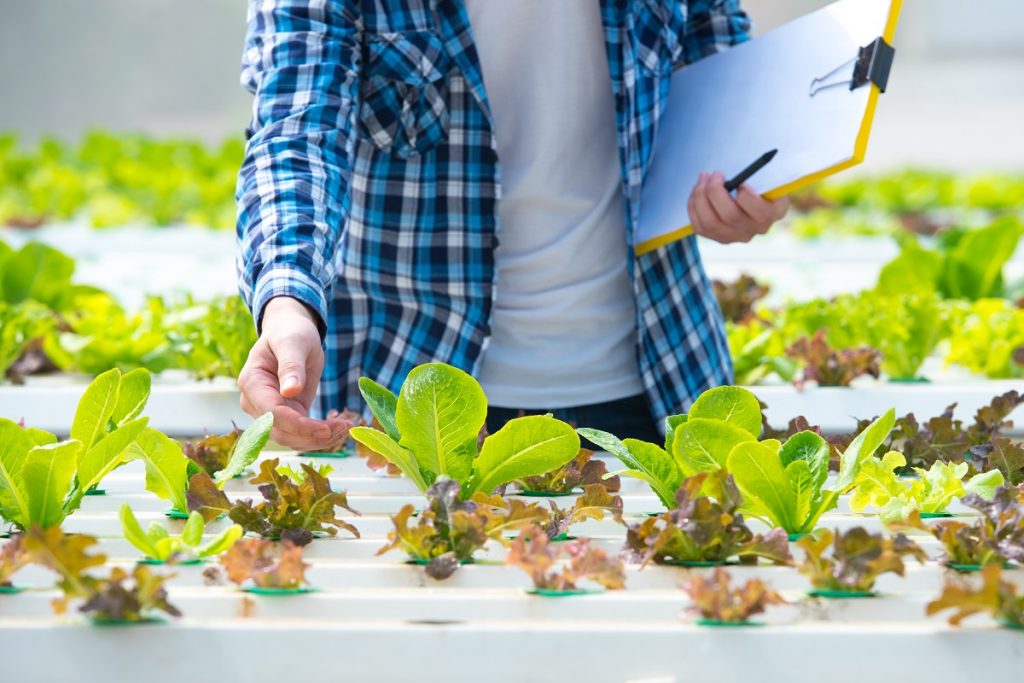Agriculture is gaining back its popularity. Thanks in part to a renewed interest brought by climate change, but also because technology is making it accessible to an increasing number of people. This includes the younger generations who, until recent years, may have viewed the industry as outdated and even unnecessary.
But even during the more silent years, agriculture still played a huge role in the livelihood and GDPs of ASEAN countries. According to 2016 data gathered by the Department of Agriculture, Water and the Environment, In Australia, 58 per cent of the land was used for agriculture. In the 2017 to 2018 fiscal year, the industry was valued at $66 billion. This valuation also showed a growth of 34 per cent in 20 years.
It’s safe to say that the agriculture industry is steadily growing. And because of new technologies and a revitalised outlook, a second agricultural revolution may just be on the horizon.
Amidst Climate Change
But the world is burning. Australia’s ongoing bushfires and droughts are constant reminders of the extent of climate change. Scientists claim that global warming has increased the risk of bushfires by 30 per cent, with hot and dry weather as the main culprit. As the world comes warmer, it becomes more and more susceptible to catastrophes that we are not ready for.
Sustainability has become a buzz word spanning all industries and locations around the world. In agriculture, switching to more eco-friendly approaches and equipment will take the industry closer to solutions instead of the alternative.
Speaking of equipment, there’s a lot in store for the future of farming. Although accessories like jubilee hose clips will remain necessary and mostly the same, bigger and more impactful machines like tractors and balers will undergo significant footprint reduction over the next few decades. This is possible because of two things: the first one being leaps in battery technology, reducing the need for gasoline-powered engines. The second reason is Moore’s Law, which dictates that as computers become more powerful, they also get smaller.
There will also be changes in raising farm animals. A possible sustainable shift in the way people consume food will mean less demand and subsequent supply of meat. This one change can have the most effect on climate change. Farm animals currently produce more and more potent greenhouse gases compared to the transport system.
Ambassadors of the Future

These projected changes in the industry will not hold much weight without the buy-in of the younger generations. They have the best tools to embrace and further improve sustainability efforts. They also have the numbers to pull this off.
Thankfully, the first steps have already been taken. The merging of technology with the agriculture and food industries is starting to rouse the interest and investment of Millennials and Gen Zs. In 2018, $17 billion was poured into food-tech and ag-tech startups. Being part of the most tech-savvy, generations, the youth are primed to take part as well.
In any case, there is a viable future for agriculture amidst current challenges. Although technology can only do so much, the changing perspective of the world, particularly the youth, can make that future possible.

